IN PARTNERSHIP WITH ROLEX
Keeping the peace: His clever low-cost solution allows people and snow leopards to co-exist
With an insurance plan that pays farmers for herds lost to the predators, Rolex Awards Laureate Shafqat Hussain prevents attacks on the big cats
Sign up now: Get ST's newsletters delivered to your inbox
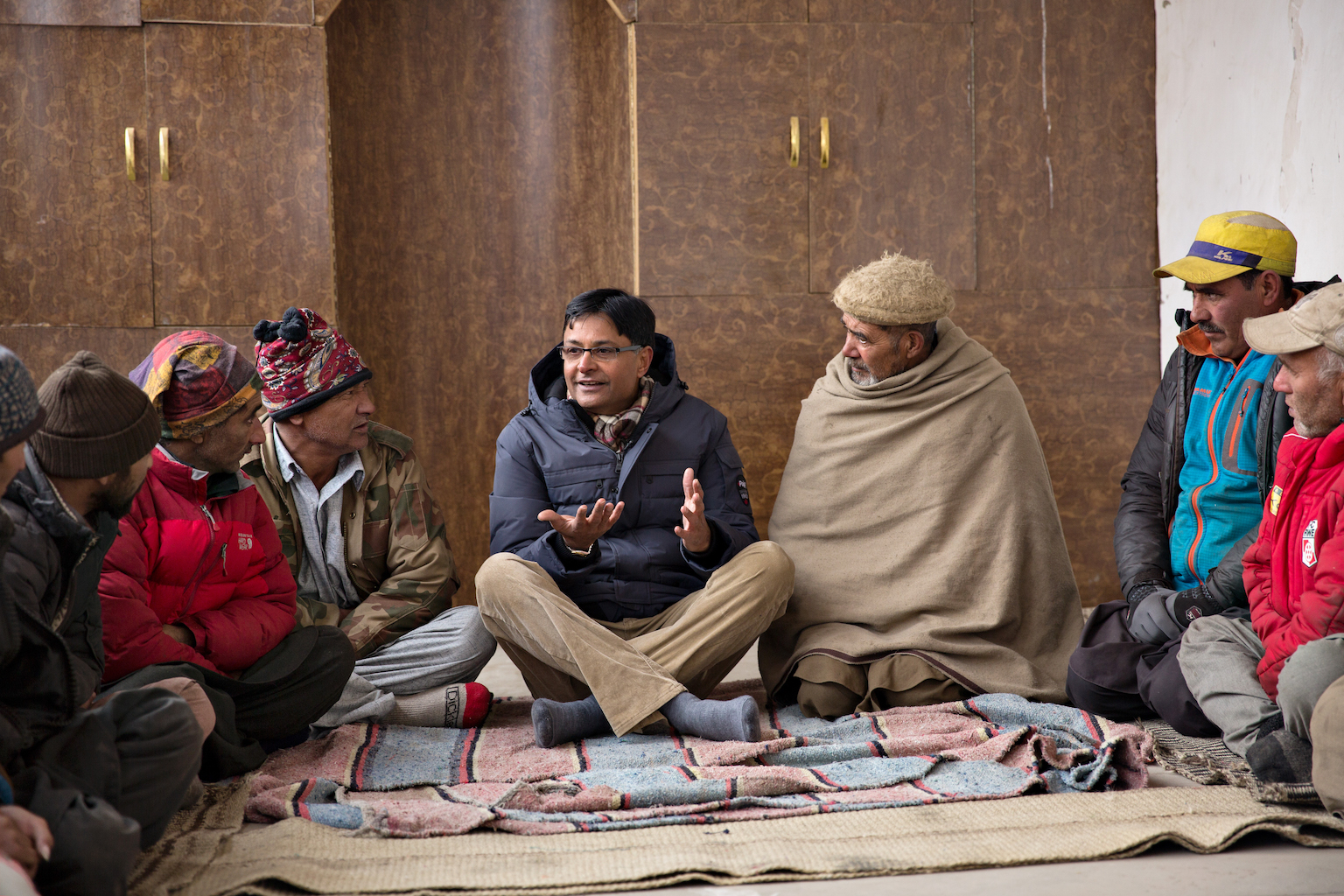
With his innovative risk-pooling insurance scheme, Dr Shafqat Hussain has helped both the farmers and the snow leopards in Pakistan.
PHOTO: ROLEX/SAIYNA BASHIR
Follow topic:
Shafqat Hussain is a peacekeeper of a different kind. High up in the mountains of northern Pakistan’s Gilgit-Baltistan region, the trained economist and environmental anthropologist helps to ease the conflict between the farmers and the big cats who prey on their herds.
The region, which spans 70,000 sq km and has the highest concentration of mountain peaks in the world, is home to about a million herders, subsistence farmers and villagers, who rear sheep, goats, yaks and cows as their main source of food and livelihood. However, the people share the mountains with the magnificent, and vulnerable, snow leopard, which attacks and eats their livestock.
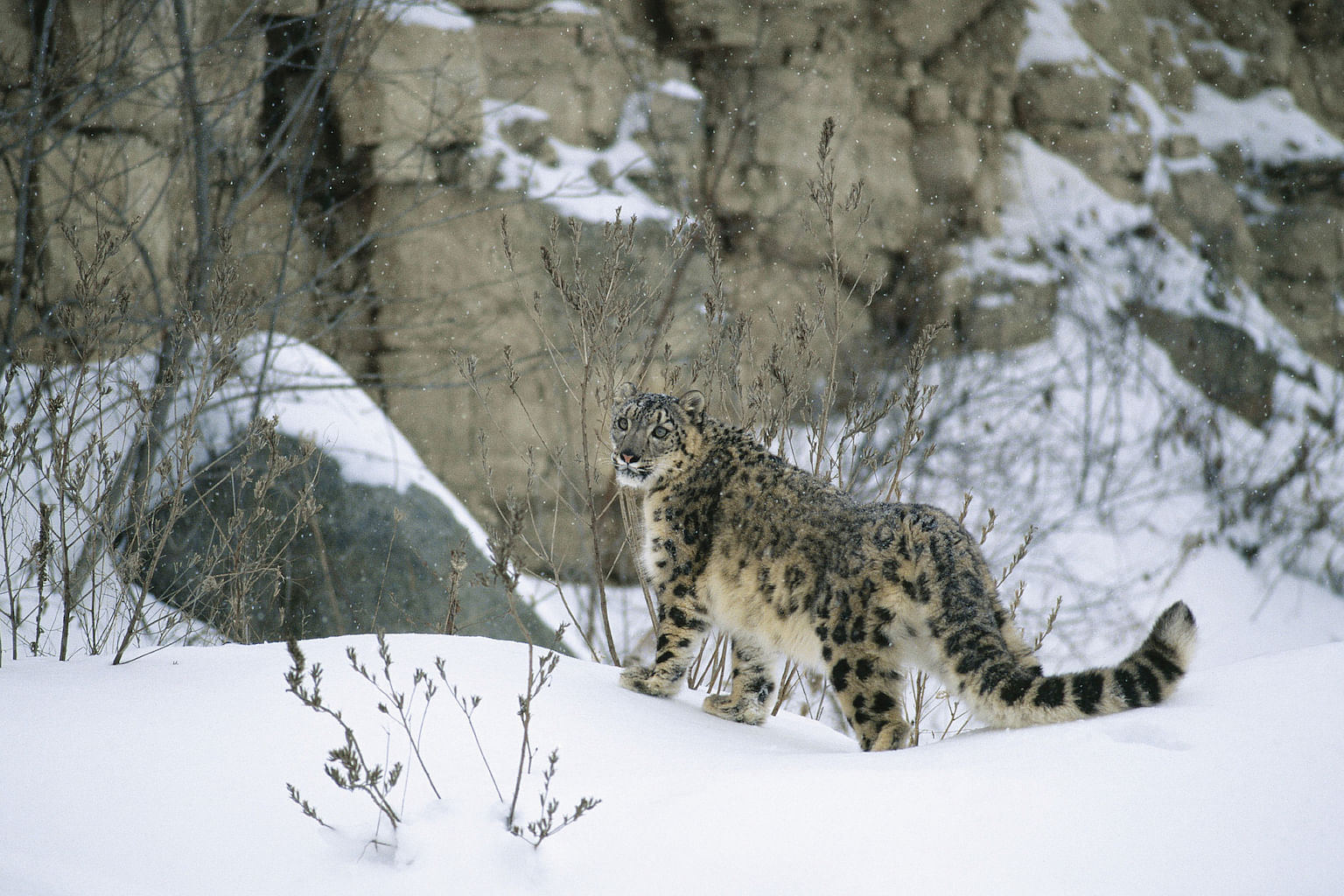
The herders used to retaliate by killing the big cats. “This is ecologically a very harsh area, so eking out a subsistence is very difficult. Pastoral people have a special rivalry with predators because they represent a threat to their livelihood,” Dr Hussain, 53, explains.
“These people are really poor and cannot afford to lose a goat, cow or yak. So it is a natural response for them to go after the snow leopard.”
Watch how Dr Shafqat Hussain does his "peacekeeping duties" in the mountainous areas of northern Pakistan.
In 1998, the man of peace, who has a fascination with nature and in particular, the mountains, came up with a low-cost insurance plan to settle the long-standing conflict. The risk-sharing plan compensates the villagers for every animal that the leopards take, thereby ensuring the sustenance of both.
He recalled meeting an 80-year-old widow after he had helped her to replace 11 goats she had lost to a snow leopard. “She came and kissed my hand. It was a very special moment, and I felt that we are doing something good,” he says.
Thanks to this insurance plan, the compensation enabled the widow, among many others, to rebuild her flock and continue leading a decent life.
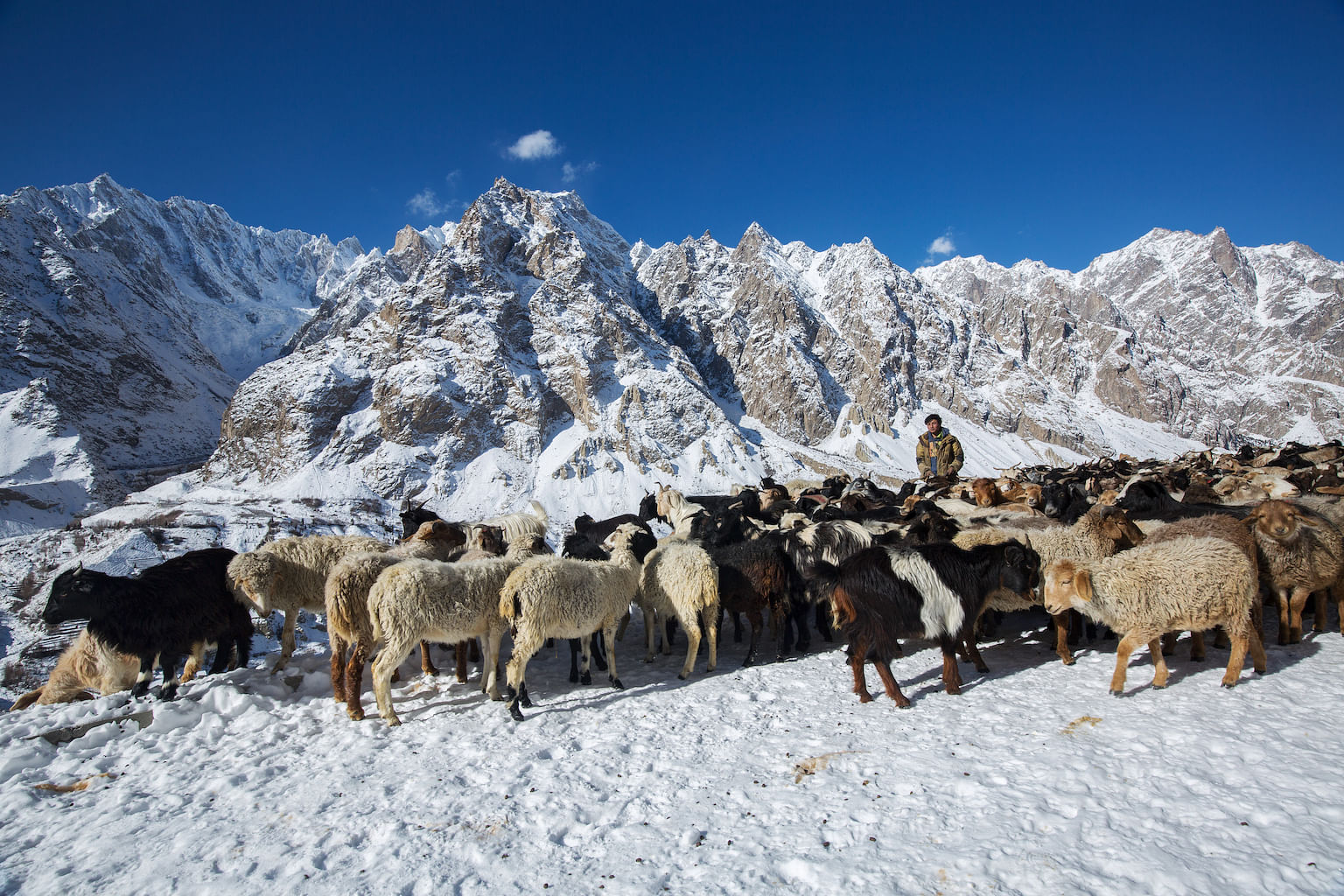
Dr Hussain’s work did not go unnoticed. In support of his work, Swiss watchmaker Rolex chose him as one of the five Laureates for the Rolex Awards for Enterprise, in 2006. The biennial Awards, created in 1976, provides funding and other support for people with exceptional projects to improve life on Earth, expand knowledge, propose solutions to major challenges, and preserve our natural and cultural heritage for future generations.
His project is in line with the Rolex Perpetual Planet initiative launched by the company, which initially focused on individuals who contribute to a better world through the Rolex Awards for Enterprise, on safeguarding the oceans through a partnership with Mission Blue, and on understanding climate change as part of its association with the National Geographic Society.
An expanding portfolio of partnerships under the Perpetual Planet initiative now includes projects such as the Under The Pole expeditions, pushing the boundaries of underwater exploration; the Xunaan-Ha Expedition, focusing on water quality in Yucatán, Mexico; and the Hearts In The Ice platform, which collects climate change information in the Arctic.
Rolex also supports organisations and initiatives fostering the next generations of explorers, scientists and conservationists through scholarships and grants.
Dr Hussain says: “The Rolex Award helped open doors to other donors. Soon after that, I received the National Geographic Emerging Explorer award from the National Geographic Society. It has been wonderful to partner with Rolex. It gives credibility to our approach, which is based on co-existence.”
A lifeline for snow leopards
Dr Hussain’s insurance plan is based on the idea of risk-pooling. Farmers who are part of the plan contribute to a fund used for compensations, which is matched by donors such as the Snow Leopard Conservancy in the US.
“Each farmer is required to pay a premium per head of livestock,” he tells the Yale Alumni Magazine, which featured his work. He obtained his PhD from Yale University. “For example, if their village has been losing 2 per cent of the herd each year, they set the insurance premium at 2 per cent of the value of each animal.”
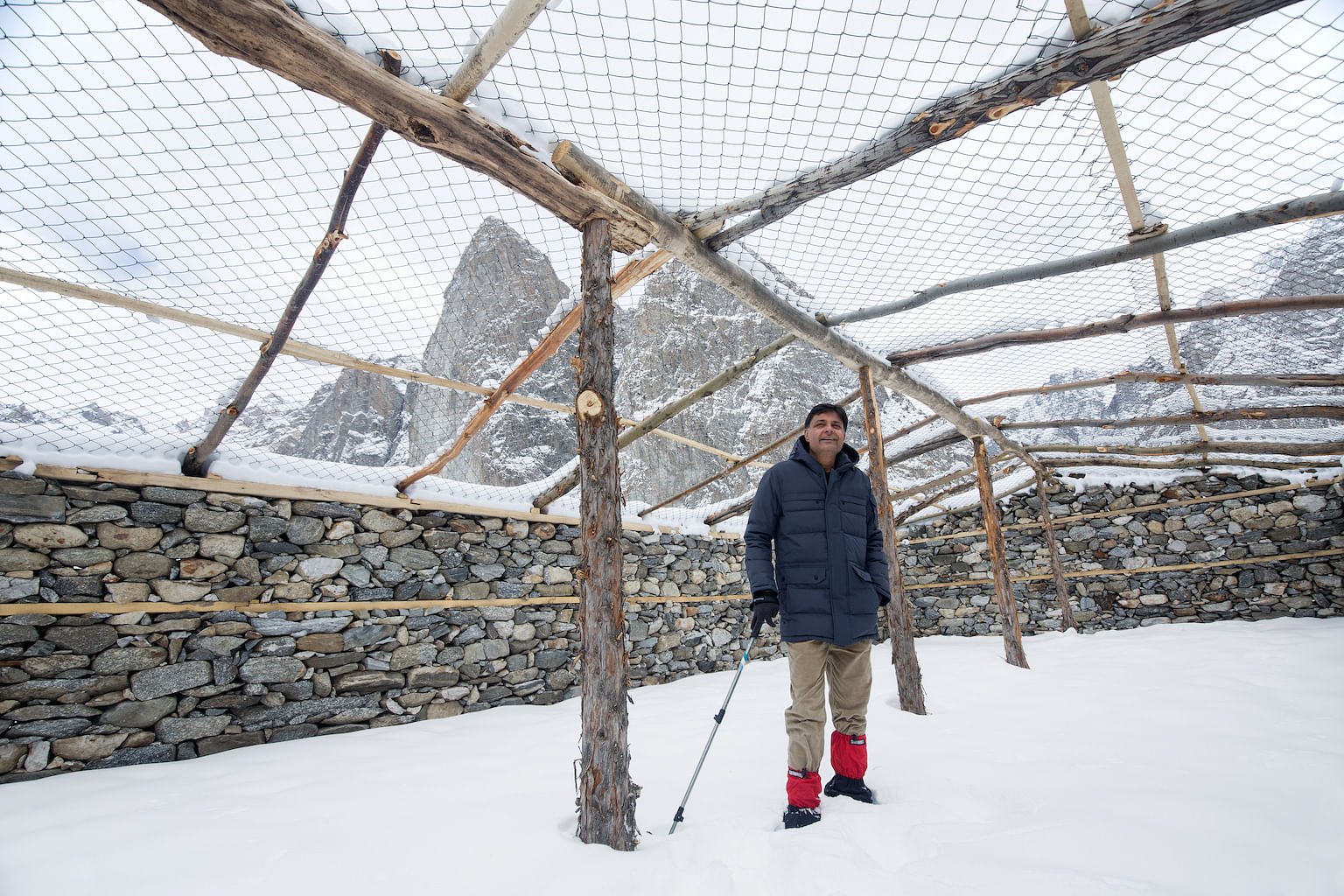
With the farmers who lose animals to the leopards being paid from this collective sum of money, “the loss of livestock would then be a mild setback for the entire community, rather than a devastating loss for a farmer alone,” he adds in an interview with the Snow Leopard Network conservation group.
With the Rolex Award’s funding, Dr Hussain expanded his insurance scheme from one village to 10 more valleys in the Gilgit-Baltistan region. It currently has about 15,000 participants in 22 villages.
The world’s remaining snow leopards, estimated to number between 4,000 to 10,000, are spread across 12 nations, including India, Bhutan and Nepal. Compensation for herders has become a widely adopted policy among these countries.
“We are sure that the snow leopard population is doing very well, and it is stable. This has been a trend that we have been seeing for the last 10 years. That gives us hope,” he says.
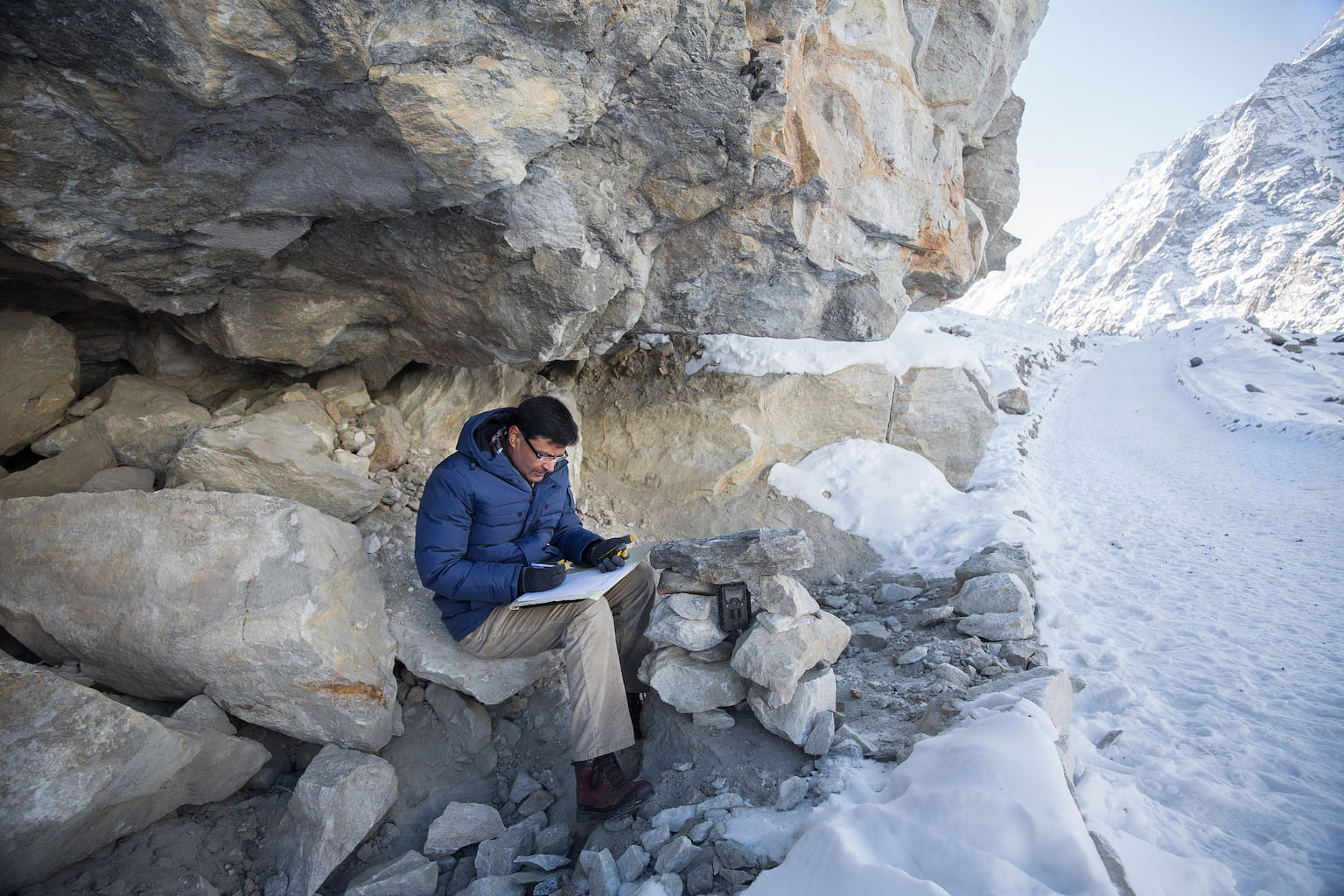
Besides the insurance scheme, Dr Hussain has helped herders to build predator-proof corrals – pens or enclosures for keeping livestock, launched an environmental stewardship programme for youths and conducted research on the leopards’ genetics to aid in their conservation.
He also aims to galvanise future conservationists through his role as George and Martha Kellner Chair in South Asian Studies at Trinity College, where he teaches courses on cultural anthropology, political ecology and other subjects, in the US.
“Over the last 10 years or so, there has been a lot of awareness among conservation institutions that they should address the problems of local people if they want to make conservation a success,” he shares.

“This is one logical reason for us to have faith in humanity. If you take away the negative incentive (to kill wild animals), then people have no wish to go after them. Our numbers and our research prove that.”
He cautioned, however, the biggest menace to snow leopards today is global warming, which causes the loss of their snowy habitat. “This is not something caused by the subsistence practices of poor farmers. It is the industrial countries who produce these gases, which ultimately threaten species like snow leopards.”
We The Earth is a partnership between The Straits Times and Rolex and its Perpetual Planet initiative. Rolex Awards for Enterprise Laureate Dr Shafqat Hussain is a stellar example of the many individuals who are doing their part to solve the issues earth faces.

